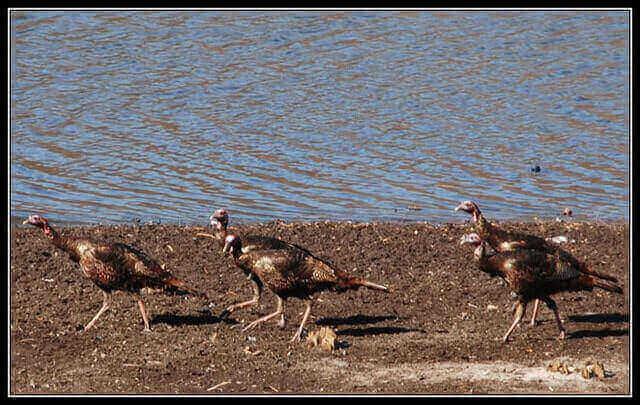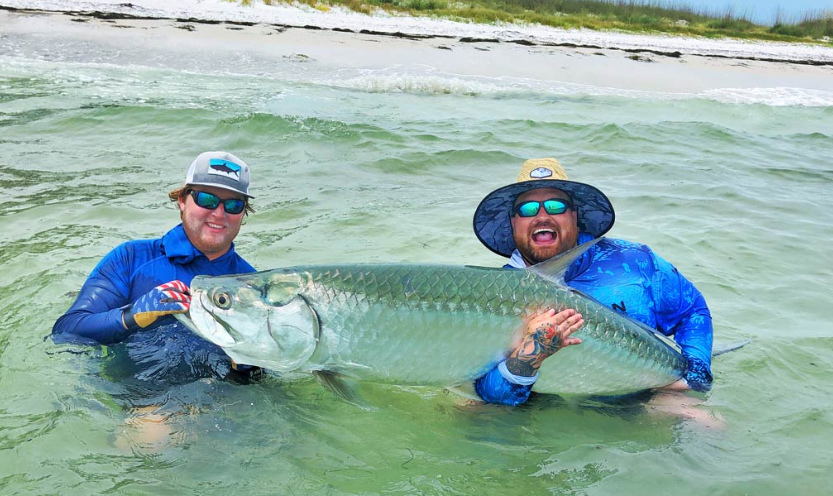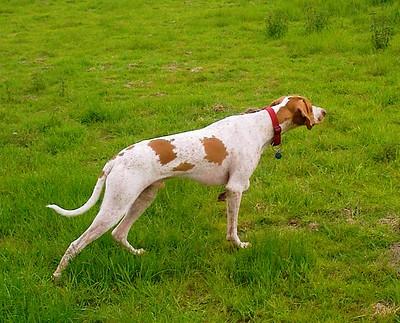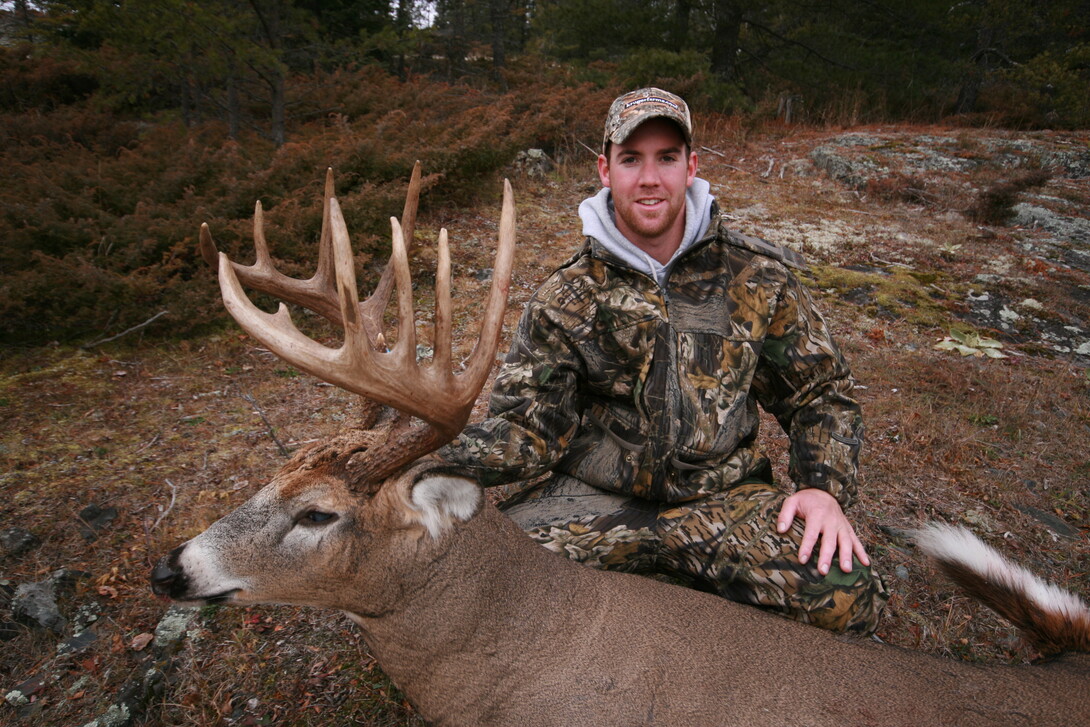Do you want to hunt turkeys this season? Do you know how to successfully scout turkeys? Turkey hunting is can be challenging if you didn’t properly scout them and gather the information you need. To bag many turkeys during the turkey season, you will need to learn how to scout them. In this article, we discuss how to scout turkeys before the season begins.
- E-Scouting
Before you set out to scout for turkeys, you can use Google Earth or hunting apps like onX, HuntStand, or HuntWise to study the area and look for large mature trees, areas with water sources, diverse habitats, creek bottoms, ridges, forest lands, and marshlands that may attract turkeys.
- Roosting, Roosting & Roosting
When scouting for turkeys, one of the first places to identify is their roosting areas. At the end of the day of eating and moving around, turkeys go into trees to spend the night. They find security in the trees that on the ground for fear of predators. The trees are referred to as their roosting areas.
One of the easiest ways to find roosting areas is to go early in the morning or late in the evening and listen for gobbling of turkeys. You can use binoculars or a spotting scope to help you pinpoint where they are holed up in trees.
Often they will be found in very large and mature trees away from main roads or travel lanes. They will be trees that are further inland with a lot of thick vegetation in the path towards the trees. This makes it inaccessible for a lot of foot traffic and predators. - Diverse Habitat
When scouting for turkeys, look for areas with diverse habitat that allows the turkeys to eat, drink, and use cover to bed down and rest. These areas are very appealing to turkeys and you will often find them in such areas.
Look for areas with plots of corn or other crops that they can eat, as well as marshlands that they can go into to eat insects and other living things as well as cool off in the marshlands and not be afraid of predators as the marshlands provide cover. - Droppings
When you are scouting for turkeys in an area, carefully study the ground for any signs of turkey activities. Look for turkey droppings, feathers, scratches, and tracks on the ground. If you find droppings, feathers, tracks, and scratches, then it is a confirmation that turkeys are in that area. - Trail Cameras
If you found signs of turkey activities in an area like droppings, feathers, and tracks, you can then set up trail cameras in the area to capture any turkey activity to help you decide on your hunting strategy.
Set up trail cameras in multiple areas to capture any turkey activity. You will gather information such as how many come in that area, when do they go there, how long they spend there, what do they do there, etc. With this information, you can plan to hunt them when the hunting season begins. - Scratching
Scratching is done by turkeys when they search in the leaves for acorns and insects. When scouting an area. Look for heavy scratching on the ground. It could the work of turkeys searching for acorns or insects.
Look carefully for claws marks in the soil. Turkeys scratch seriously in the soil looking for something to eat. Turkeys are fond of scratching near their roosting sites. If you droppings and feathers close by the scratches, this is almost a confirmation that it is the work of turkeys.
- Travel Routes
Most animals are creatures of habit. When studied, it is shown that animals have habits and patterns that they follow regularly. Turkeys are no exception. They have habits that are repeated almost every day like their travel routes.
Turkeys are guilty of travelling the same routes regularly. When scouting turkeys, try to find their travel routes. Hunting apps can also identify possible travel routes for turkeys. With this information, you can locate those possible travel routes to confirm if they are or not turkey travel routes.
After locating roost sites and food sources, possible travel routes will be located between these two areas. When the hunting season begins, you can hunt the travel routes mid-morning and late afternoon. Turkey will often use old logging roads, funnels, river bottoms, pinch points between waterways, deer trails, oak flats, and ridgetops as travel routes. Always remember that they are creatures of habit. - Glassing For Turkeys
One popular method of looking for turkeys is glassing using binoculars or a spotting scope. When glassing, position yourself at a high point and far away from the area that you think turkeys are located. Then use the optics to glass the area for any sign of turkeys. It is best to do this early in the morning or late in the evening. - Concealment
When scouting for turkeys, always wear camouflage clothing to conceal yourself. Always move slowly and quietly as you scout an area for turkeys. If turkeys spot your movement, they will become spooked and alert the entire flock and they will leave the area. Learn to control your body movements and only use your eyes, not your body, when you are looking for turkeys. - Calls & Decoys
You can also use calls and decoys when scouting or hunting turkeys. They are usually used during the hunting season to lure turkeys from their roosting areas and get them into your shooting range.
When scouting, listen carefully to the sounds they make and this will help you mimic their sounds when you use them during the hunting season. Decoys can also be used during the turkey hunting season to attract them.
Conclusion
Hunting turkeys can be an exciting and challenging experience. To make it easier, it is good to scout them before the hunting season begins. Scouting them will help you gather information about them like their roosting and feeding areas, travel routes, water sources, etc.
In this article, we discussed how to scout for turkeys to help you successfully hunt them when the turkey hunting season begins. If you want to get more information on hunting turkeys or hunting in general, then click here.











